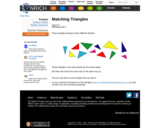
Students sort and classify triangles based on similarities. Students are asked to discuss their decisions in this Nrich activity.
- Subject:
- Mathematics
- Material Type:
- Activity/Lab
- Date Added:
- 05/31/2021

Students sort and classify triangles based on similarities. Students are asked to discuss their decisions in this Nrich activity.

In this Nrich problem students evaluate percentages in the real world situation of an election.
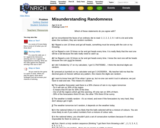
All work on probability is based on ideas of randomness, an idea which has precise mathematical meaning, while being informally used in everyday life. This Nrich activity will lead to discussions of tricky ideas should challenge students' understanding.

This activity from Nrich mathematics encourages students to explore combinations and patterns systematically.
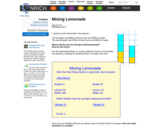
This Nrich problem gives a clear context in which fractions, ratio and proportion can be investigated. When using the interactivity, students can develop strategies for comparing fractions or ratios while thinking about which strategies are most useful for different cases.

This Nrich problem gives learners the opportunity to practice addition, subtraction, multiplication and division of money, while it includes calculating with percentage. It is also a good context for developing a recording system and a systematic approach.
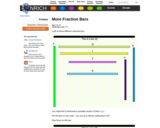
This Nrich activity gives pupils the opportunity to practice ordering and comparing fractions. It extends the idea of finding a fraction of a whole to finding a fraction of 2. Working together on this task will encourage pupils to build their fraction vocabulary.
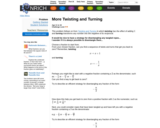
This Nrich problem follows on from Twisting and Turning, in which students are introduced to an intriguing trick which provides a context for practicing manipulation of fractions. The trick is a hook to engage students' curiosity, leading to some intriguing mathematics to explore and explain, and ultimately generalize and prove.
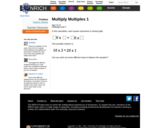
This Nrich problem provides the children with an opportunity to practise multiplying a single digit number by a multiple of 10. It also reinforces learning about equations being balanced and may lead to conversations about common factors. It encourages children to record their results, notice patterns and make predictions.
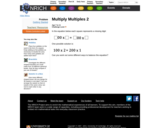
This problem provides the children with an opportunity to practice multiplying a single digit number by a multiple of 100. It also reinforces learning about equations being balanced and may lead to conversations about common factors. It encourages children to record their results, notice patterns and make predictions.
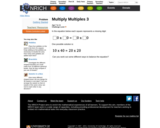
This Nrich problem provides the children with an opportunity to practice multiplying a multiple of 10 by another multiple of 10. It also reinforces learning about equations being balanced and may lead to conversations about common factors. It encourages children to record their results, notice patterns and make predictions.

This Nrich problem is an appealing way for children to recognize, interpret, describe and extend number sequences. Developing their own patterns, as in the later part of the activity, provides an opportunity for them to justify their own thinking, and evaluate others' patterns.

Students use composition and decomposition to create solutions given a situation.
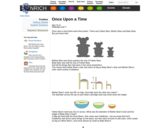
This Nrich problem is based on the story of the three bears which is a good context in which to talk about ratio and proportion. In this case, it leads on to calculating with fractions.

This Nrich question tackles proportion in a real context. It also needs systematic thinking to sort out the information and take a step-by-step route to the solution.
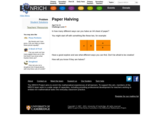
This Nrich activity offers free exploration that can help youngsters with their development of the concepts associated with fractions. It provides a chance for meaningful mathematical discussion and sharing of current understanding, in addition to offering opportunities for challenging misconceptions.
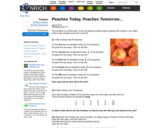
This Nrich problem is in three parts, with each part becoming more open-ended and requiring more reasoning, giving students a chance to develop their skills at solving problems with fractions and then applying those skills in a more challenging context. By listening to others' approaches, students will be encouraged to persevere and continue to improve on their solution to the final part of the problem.

In this Nrich problem students apply their knowledge of area and percentages to extend their understanding.

This Nrich problem is a good challenge for those children who are competent with calculating using fractions and decimals.

In this Nrich problem students extend their understanding of percentages in a multi-step real world situation.